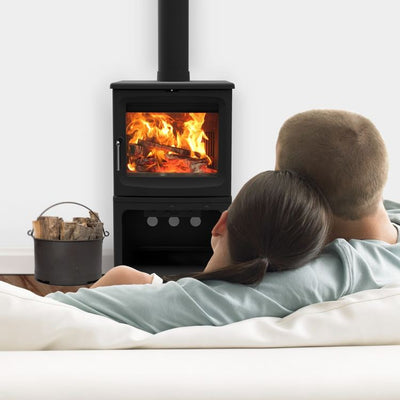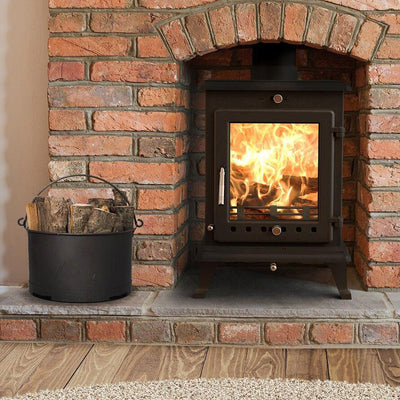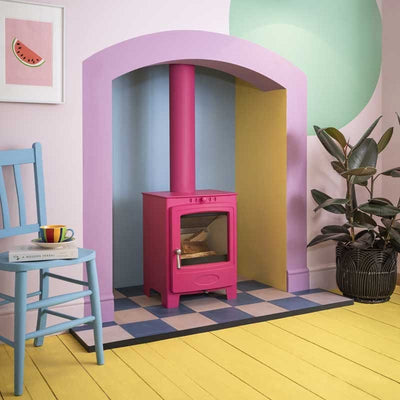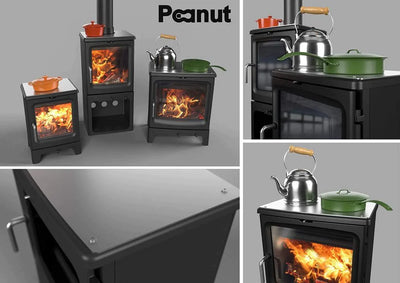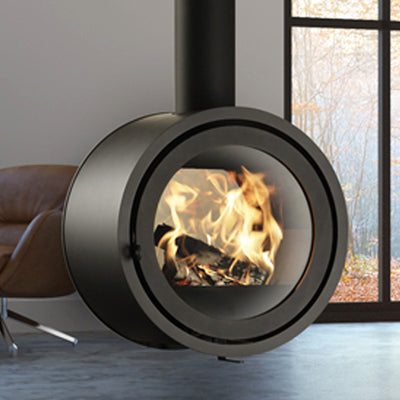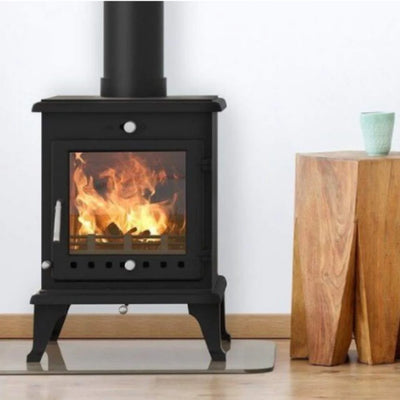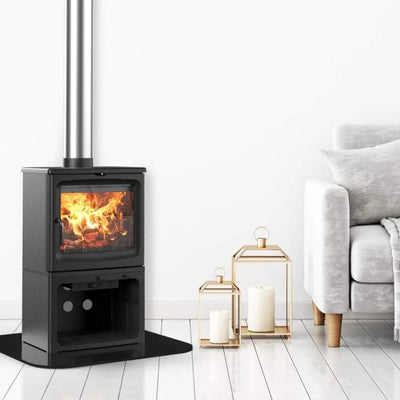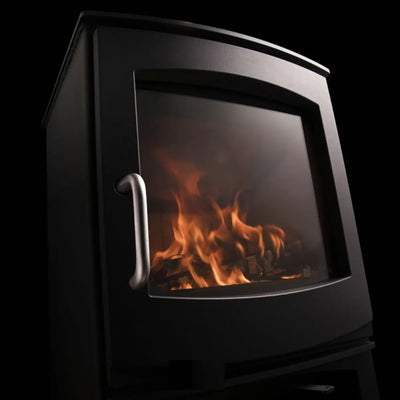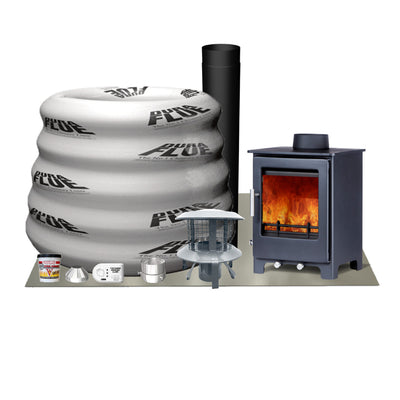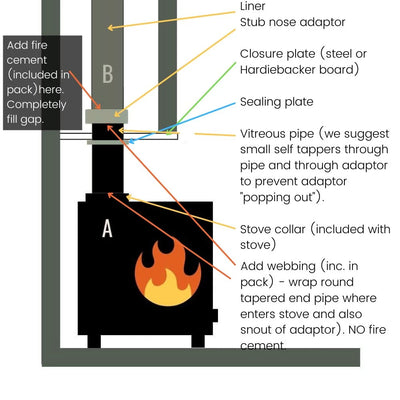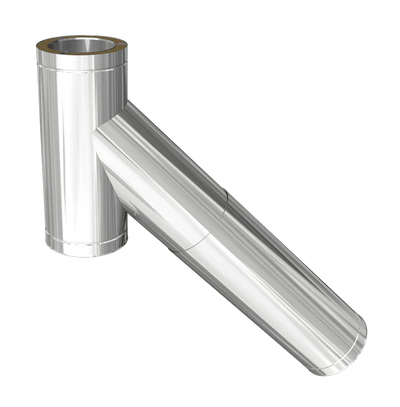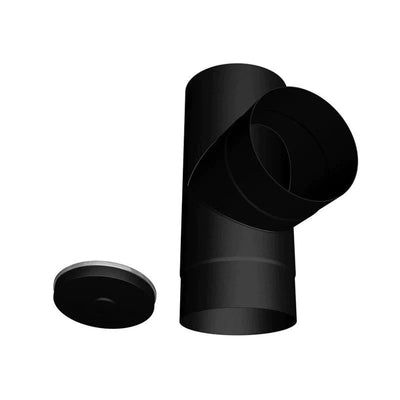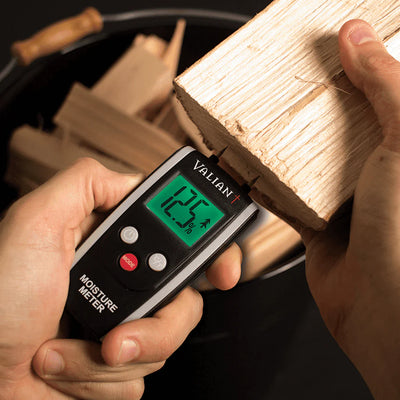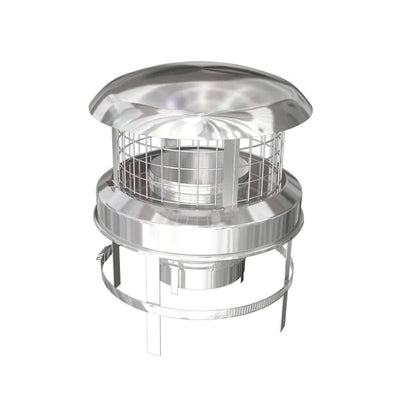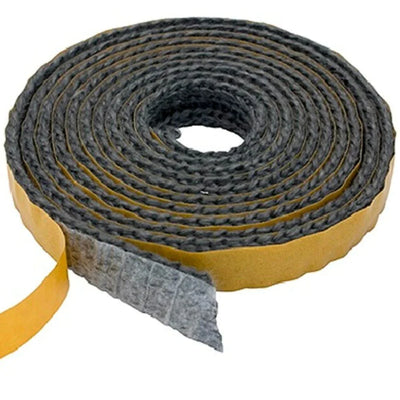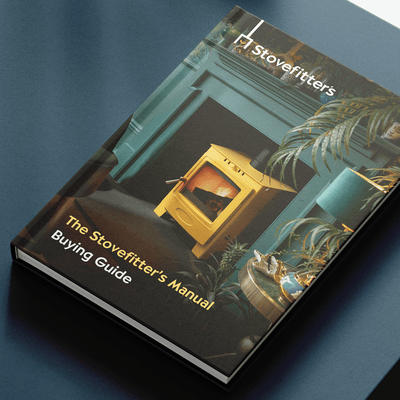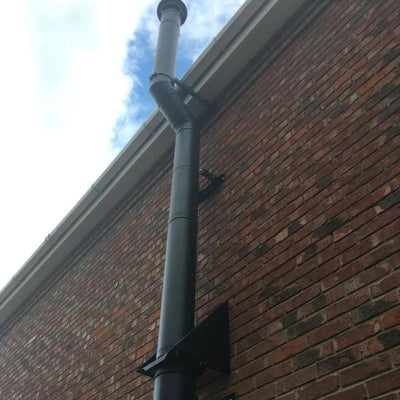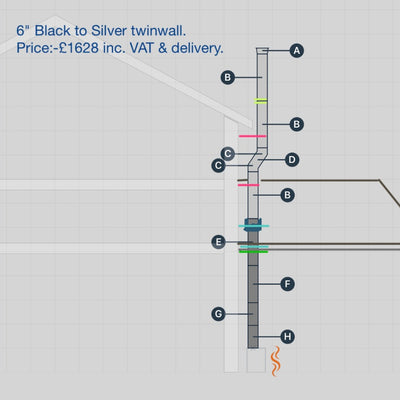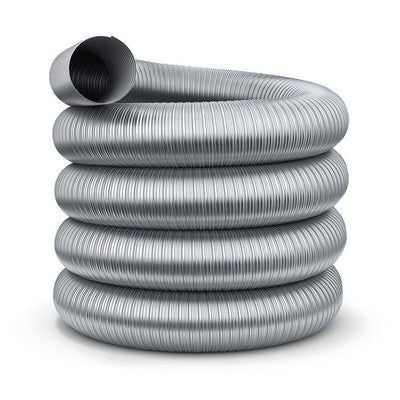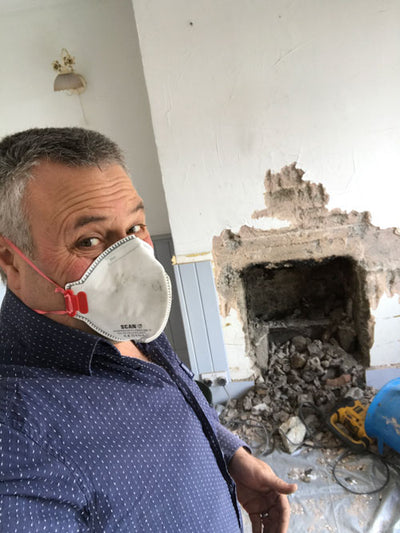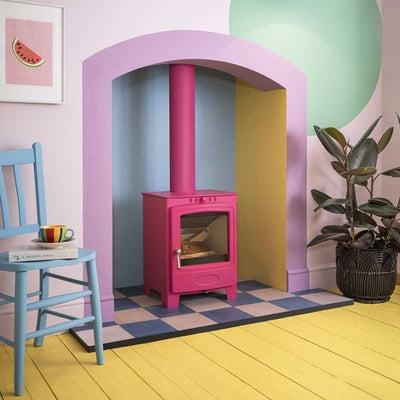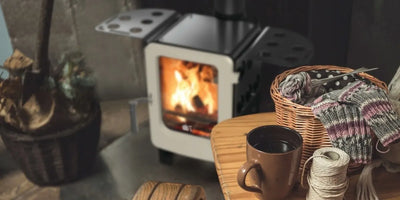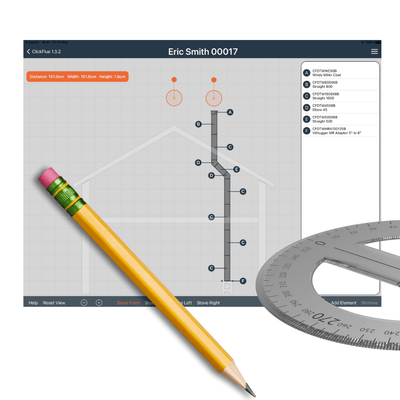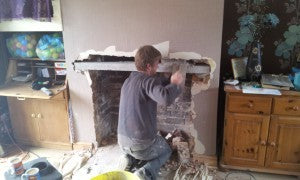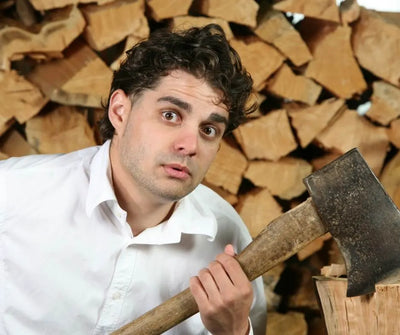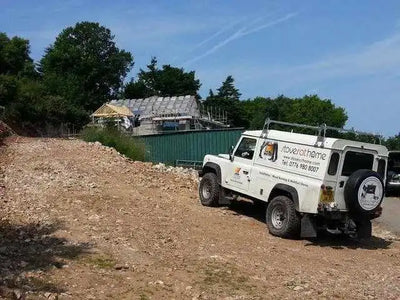10 reasons why you want a wood burning stove
5 mins
Can a Logburner save you money (yes)?
And other reasons you might desire a wood burning stove
Below are 10 reasons to choose to have a wood burning stove in your life:

Above is the Vidar Triple by Dik Geurts (who also make the very popular DG Ivar 5)
Switch off the heating and save £££’s
Okay it’s going to cost upfront to get it installed (under £1,000 inc. materials and stove if you choose wisely). But once up and running you can save on heating costs.
My wife, I and the dog settle down for the evening in one room, the room with the stove, and switch off the central heating. So many people sit in one room all evening and watch TV – whilst heating a whole house full of radiators. Okay if you’ve got a house full of kids you’re going to cause a riot as the little blighters start to turn blue – supply them with woolly jumpers ;).
It has been said that central heating killed the family – prior to invasion of the rads, families grouped together in one room, the room with the fire. Today’s kids are often scattered around the house, Facebooking and Xboxing and other such stuff.
Free wood everywhere
There’s free wood all over the place and the more you get used to looking the more you will find. Scavenging is fun. A friend chopping down a tree? Talk to him. Local shops that might throw away wooden pallets? Talk to them. Know any builders? Talk to them and grab the untreated stuff. Check those skips (ask before taking). One pallet will last about three winter evenings in a 5kw stove (as long as pallets have not been treated you can burn them and many are made of untreated wood). I purchased a small handheld electric cutter and a pallet is a pile of firewood in less than ten minutes. I also collect wood from along the coast after a storm. Need to buy wood for when the scavenging fails? Buy compressed Heat Logs by the pallet load and they work out quite reasonable (£3 a box of eight sort of thing). My goal is to buy a small piece of woodland some day, as an investment and for the log supply!

Increase the value of your property (or rental desirability)
Google “wood stove increases value home” and see how many articles discuss this. “This Is Money” state that a woodburner can increase your property’s value by up to 5%! Wow, I’ll put four in, that’s 20%! Shirley Kenyon, lettings manager for Edinburgh based property consultancy CKD Galbraith, says “rental properties fitted with wood burners are highly sought after as tenants aim to ensure they can stay in control of their heating bills”.
In a power cut you stay warm
Fairly obvious this one. In a power cut boilers (gas and oil burners) switch off. Storage heaters switch off. A few candles, a woodburner and a glass of wine certainly takes the stress out of the situation.
When the boiler breaks down you stay warm
Obvious again. You know, the good thing about a wood burner is that there are no “control boards” to fail: no pumps or valves or heat exchangers.
A wood burning stove is good for the environment (wood is carbon neutral)
Growing trees is good for the planet and whether wood is burned or left to rot in the ground it emits the same amount of carbon monoxide. Wood is also a “renewable” meaning that when trees are growing they absorb carbon dioxide and when they are burned (or left to rot) they release the same amount of carbon dioxide.

More efficient than an open fire
Open fires are about 25% efficient. This means that, for every log burnt, 75% of the heat is lost up the chimney. But a modern log burner is about 80% efficient so only 20% goes up the chimney. A HUGE difference and ensures every log provides far more heat to the room.
Makes one appreciate energy usage
During my time as a stove fitter I fitted many wood burners and connected these to radiators. On such a “simple” system one would soon realise that keeping the stove/radiators hot required a lot of wood (a wheelbarrow full per day in a house with poor-average insulation). This wood required growing, felling, chopping, storing and drying out. Customers with these systems would take great care not to waste energy and would carefully monitor radiator settings and wear warm clothing to preserve wood (better to wear a jumper and use less wood than wear a t-shirt and use more wood). Owning a woodburner certainly opens ones eyes to the ease of “central heating using gas/oil” and the amount of energy used to heat a typical home that customers often do not think about.
Enhance life
For me anyway there is something about having a real fire in the house that links me to the earth, the planet. That might sound a little mad but maybe if you have a stove or open fire you’ll understand. Wood fires are simple – the same technology used by man since man first lived in a cave, the antidote to busy lives, stressful jobs, emails and technology. Chopping and storing wood is hard work at times but rewarding and relaxing at the same time. Stoves are fun, romantic, simple and warming. And the dog loves our little 5kw.
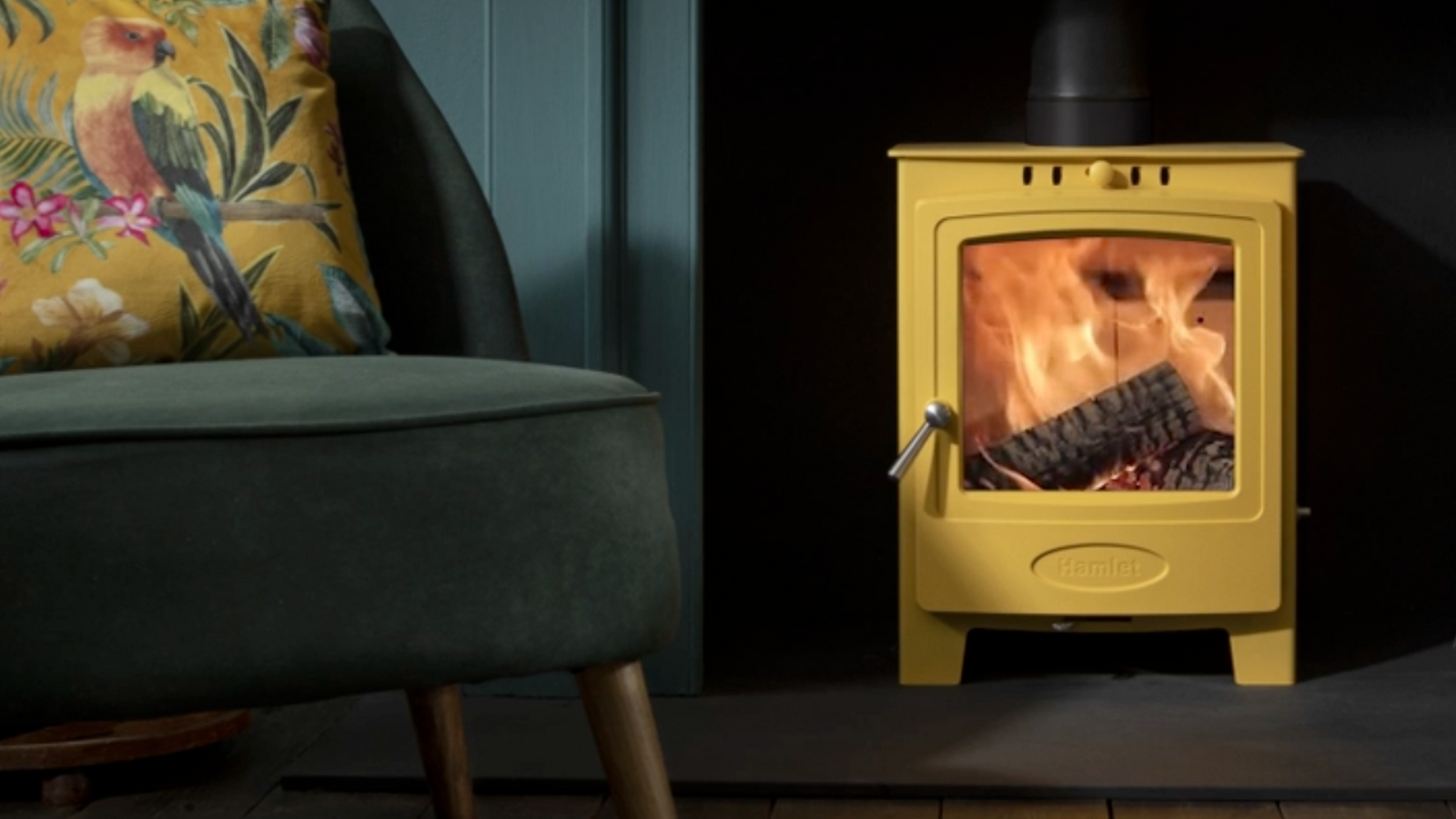
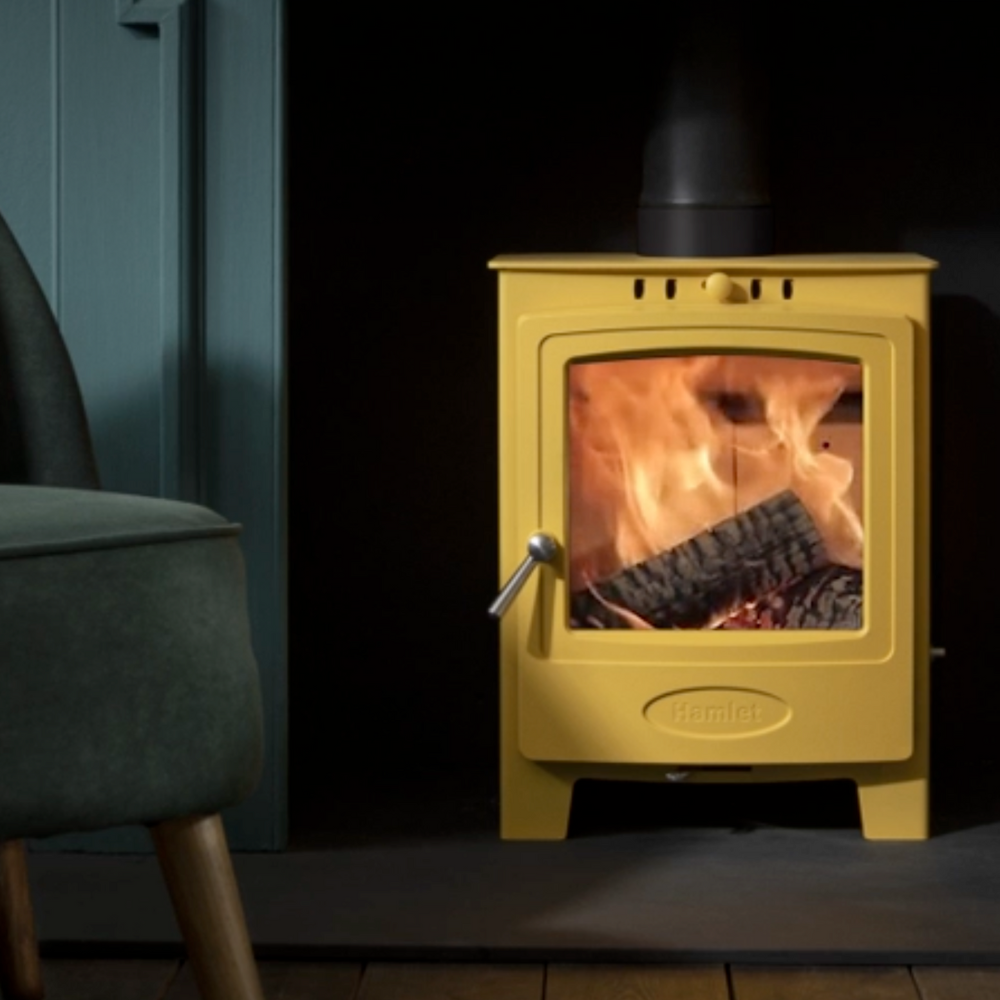
How to choose chimney liner & how much to buy


Installing a stove in a fireplace - what do I need?
FAQs
See all FAQsCosts correct as of April 2023:
Approx. costs if you have a chimney and fireplace ready to use: £750-£1,000 (save £500 by self-installing).
Approx. costs if you have a chimney but need the fireplace "opening up": £1,600-£2,200 (save £1200 by self-installing).
Approx. costs if you do not have a chimney and need a clip-together flue: Shed £475-£700. Bungalow £1500. 2-storey house £2500. Save £1,000-£1400 by self-installing.
Above figures include labour and materials but no appliance.
We, of course, advise you to purchase your stove and materials from Stovefitter's to ensure quality goods are installed (some installers use budget materials to increase margin). If you buy your stove from us (rather than your local small shop or installer) we have a lot more power when approaching manufacturer's with a warranty issue. Why is that? Because we buy many hundreds of stoves a year from these brands.
We do not fit stoves.
But we know a few who do!
Google: Hetas installers
Hetas are the trade body of registered UK installers.
Most installations will require that you slide a chimney liner down your chimney (flexible metal tube 5" or 6" in diameter). Do you have a narrow chimney and want to lessen the risk that a liner might not go down your chimney? Then make sure your chosen stove can use a 5" liner.
Must I line my chimney? Best read this article but most likely the answer is yes. Do I have to fit a chimney liner?
DEFRA-Exempt wood burning stoves with a 5″ collar can usually be fitted to a five inch liner rather than the usual 6″ minimum, making the installer's job much less stressful.
ALL OF THE 5KW STOVES WE SELL CAN BE FITTED TO A 5" CHIMNEY LINER.
I seriously suggest any self installer fits a 5" liner unless they know their chimney is large enough for a 6"!
What is the best chimney liner? Silvacore 904 (we sell it so of course we will say that ;-). What is the best chimney liner?
Useful links
Will your stove require an air vent within the room (some stone walls are very difficult to drill)?
5kW or under and wood burning stoves often do not require an air vent (new builds always require an air vent).
Useful links
What is the maximum output in kW of your "5kW" wood burning stove? The majority of manufacturers just specify the “nominal output” and this figure means very little in real life. The nominal is a figure the manufacturer chooses to sell the stove at - the stove is capable of reaching at least this output with one fuel load. Nominal means "capable of". But it is not the maximum.
Check out the size of the area where the logs will go (firebox size) as this varies enormously. The kW output is completely dependant on the amount of logs burning at any one time - more logs burning equals more heat. If you can fit three logs in stove A and just two logs in stove B then stove A will be capable of throwing out 33% more heat.
DO NOT TRUST MANUFACTURERS’ kW RATINGS as manufacturers specify what output they desire to sell the stove at and testing allows for much “playing with the figures”. This is why you can get very small 5kW stoves (e.g. Aga Little Wenlock) and very large 5kW stoves (e.g. DG Ivar 5 by Dik Geurts which is actually rated 5kW but has a MUCH larger firebox than the Ekol Crystal 5 by Ekol Stoves). A Crystal 5k might get to 5kW and not be capable of any higher whilst a DG Ivar, despite being rated at 5kW, can get to 8kW with a full fuel load.
Note that, over time, one might damage the internal firebricks of a stove by running at a higher load than the manufacturer's suggest. Firebricks are easily replaceable.
Useful links
Will your wood burning stove fit in your recess WITH the required air gaps around it? This is obviously not an issue if your stove will be freestanding.
Air gaps to non-combustible materials (brick, stone etc.) are usually "as close as you like" legally but manufacturers will sometimes specify a recommendation. This recommendation is there to allow heat to escape from the recess into the room - so you get the heat benefit rather than the heat soaking into the building structure and being lost. If no gap to non-combustibles recommended then we suggest 50-100mm air gap left and right of stove, 50mm behind and 100mm above.
Are you in a Smoke Control Area (usually built up areas)?
Choose your stove accordingly.
A stove must be DEFRA-Approved if you wish to burn wood in a smoke control area.
ALL OF THE STOVES WE SELL ARE DEFRA APPROVED FOR SMOKE CONTROL AREAS.
In simple terms if a stove has an efficiency rating of 70% then 30% of the heat from your logs goes up the chimney.
If a stove has an efficiency rating of 90% then only 10% goes up the chimney.
So think of this in terms of how many logs you have to chop/buy.
Example: A Saltfire Peanut 5 by Saltfire Stoves in Dorset has an efficiciency of 80%.
A tall chimney (6m or more) that is lined will be happy with an efficient stove.
Efficiency importance can be said to be overrated and anything between 75% and 85% is fine. Go much higher and performance can actually suffer (smoke in room when opening door to reload, blackening of glass).
Many modern stoves can go on 12mm thick hearths. Others require full, 5″ thick constructional hearths. All of the stoves we sell state whether or not a 12mm hearth is suitable.More about hearths for wood stoves here.
Helpful links
Can you can talk to somebody on the phone should you need to after the wood burning stove has been delivered, especially if you are self installing? Will the staff at “wesellzillionsofstoves.com” be able to assist with any installation issues? What if there are any problems after install?
Do yourself a favour before ordering stoves or materials on the Internet: Go to Trustpilot and type in the company name before you buy. Some companies advertising at the top of search engines are not good news - check for yourself.
When striving to find thebest 5kW wood burning stovesyou will likely be bewildered by the choice. There are many to choose from. The question I get asked most in our shop is “why should I pay <£1,000> for this one when this other one is just <£500>?”. Here is the very simple answer:the cheaper wood stoves are made in Chinaor Eastern Europe whilst the more expensive are made in Western Europe (or sometimes the USA). Here are a few examples where a more expensive stove might excel over a cheaper stove:
- Aesthetics (more time spent on design)
- Hinges (sometimes hidden on more expensive stoves)
- Better quality glass
- Thicker steel (longer life)
- Improved door locking mechanisms
- Longer warranty
- Improved controllabilty of flame due to more resource invested on design of air flow within stove
- Brushed steel fittings instead of cheapy chrome look
Open and close the door on a cheap Chinese stove. Then open and close the door on a DG stove, Arada stoves, Woodford stoves, Hamlet stoves or Saltfire stoves. You’ll understand the difference.
Stove pricing reminds me of wine pricing. A £20 bottle of wine is not double the quality of a £10 bottle of wine (the drinking experience might be improved by 20% as an example). We are talking “the law of diminishing returns here. They are all “fire in a metal box” at the end of the day.
Yes. However, there are specific regulations and restrictions in place to address air pollution concerns, particularly in areas designated as Smoke Control Areas. In these areas, only approved "smokeless" fuels or exempt appliances, such as Defra-approved wood-burning stoves, can be used. These stoves are designed to burn wood more efficiently and produce fewer emissions.
All the stoves we sell are DEFRA approved and Eco-design approved and suitable for all areas of the UK.
Terminology
View all TerminologyA stainless steel tube, slides down a brick/stone chimney to provide a smooth and safe route for smoke.
All of our stoves are approved by DEFRA to burn wood in all UK locations including Smoke Control Areas (towns and cities). Not all stoves are, so be careful if buying elsewhere.
All of our stoves are ECODESIGN approved to be sold in the UK. Not all stoves are, so be careful if buying elsewhere. ECODESIGN is mandatory by law since January 2022.
The base your stove sits on.
If the chimney is the polo mint then the flue is the hole.
More buying guides
View All
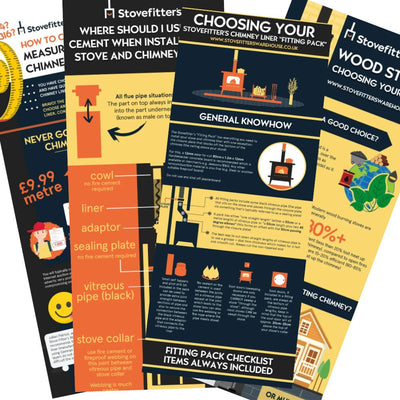
How to choose a wood burning stove for your property (includes infographic)
Infographics

What size wood stove do I need? Don't let manufacturers fool you!
Buying Guides
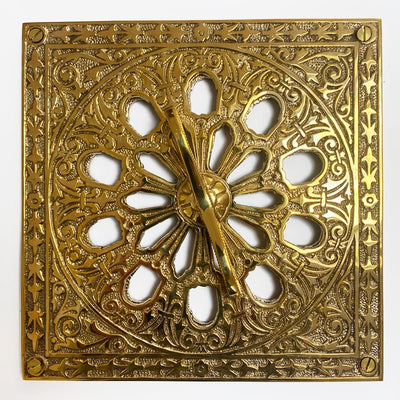
Do I need an air vent for a wood burning stove? If I do not bother?
Buying & DIY

Knowledge Tree: Process of buying and installing a wood burning stove
Buying & DIY
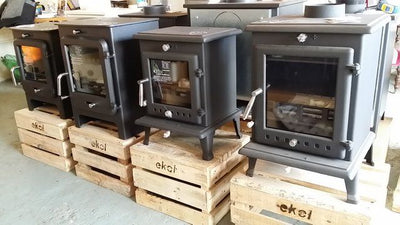
Chinese wood burners – should I buy one or are they all crap?
Buying Guides

What else do I need to buy to install a wood burning stove?
DIY Guides

Infographics for wood burning stove purchase and install
Infographics
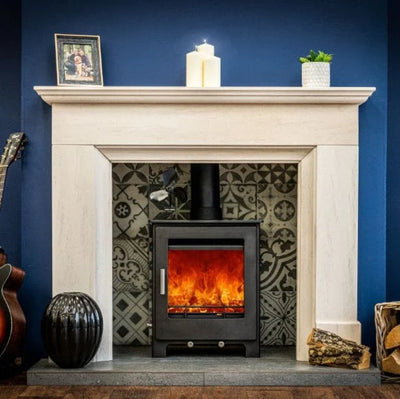
Wood burning or multifuel stove? A stove fitter decides.
Buying Guides
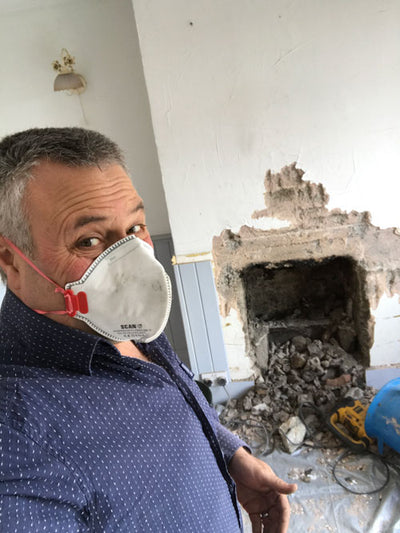
A few words from Julian
Buying & DIY
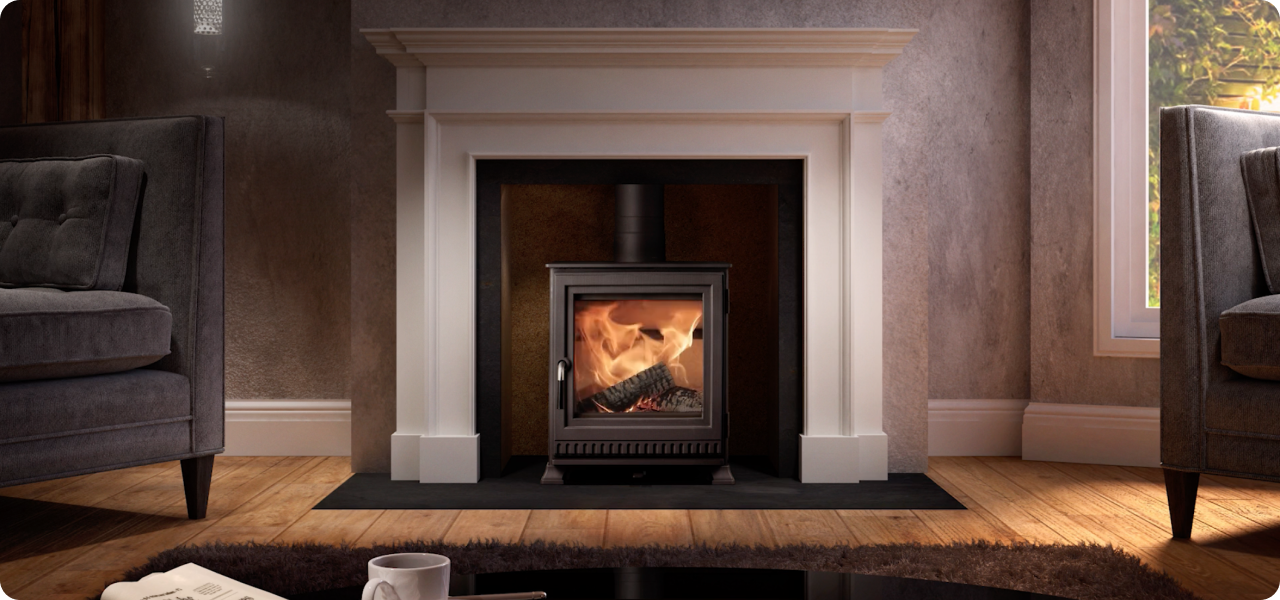
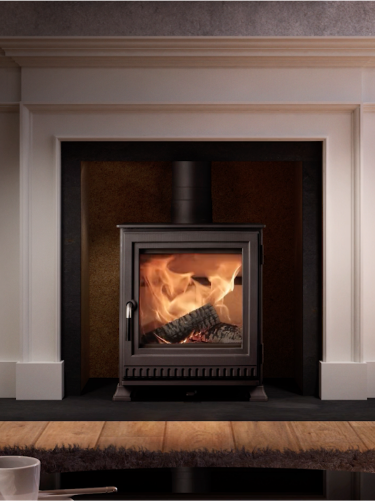
Find my perfect stove
Answer 3 simple questions and we will show you the best Stoves for your space.

